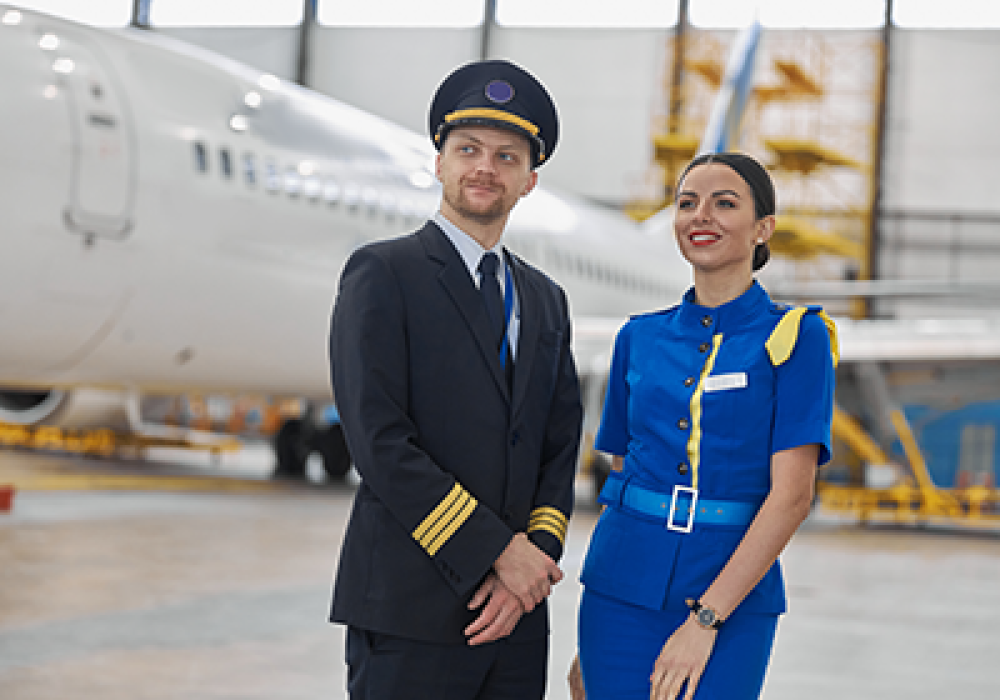Choosing a career in the aviation industry after 12th can open doors to exciting, well-paid jobs both in India and abroad. From becoming a pilot to joining the cabin crew or airport management, here’s your guide to the best aviation courses, eligibility, and opportunities after 12th.
Why Choose Aviation After 12th?
Aviation is one of the fastest-growing industries in India. It offers:
- High earning potential
- Fast career growth
- Opportunities to travel the world
- Prestige and respect
If you love travel, technology, and working with people, aviation could be your perfect fit.
Best Aviation Courses After 12th
There are many paths in aviation for 12th pass students. Here are the most popular:
1. Commercial Pilot Training
- Eligibility: 12th pass with Physics and Mathematics
- Course: Commercial Pilot License (CPL)
- Duration: 18–36 months
- Know more: Pilot Training Cost in India
2. Cabin Crew / Air Hostess Training
- Eligibility: 12th pass, fluent in English, good health
- Course: Diploma in Cabin Crew/Flight Attendant
- Duration: 6–12 months
- Outbound info: IndiGo Careers
3. Airport Ground Staff
- Eligibility: 12th pass, good communication skills
- Course: Diploma in Airport Ground Services
- Duration: 6–12 months
- Outbound info: Airports Authority of India
4. Aviation Management
- Eligibility: 12th pass, any stream
- Course: BBA/B.Sc. in Aviation Management
- Duration: 3 years
- Internal: Commercial Pilot License Guide
5. Aircraft Maintenance Engineering (AME)
- Eligibility: 12th pass with Physics, Chemistry, Math
- Course: AME License
- Duration: 2–3 years
- Outbound: DGCA AME Info
Top Aviation Jobs After 12th
- Pilot (after CPL)
- Cabin Crew/Flight Attendant
- Ground Staff/Airport Operations
- Customer Service Agent
- Air Cargo Staff
- Aircraft Maintenance Engineer (AME)
- Baggage Handler
- Aviation Security
For more details on pilot careers, see Cadet Pilot Program Guide .
Eligibility & Admission Tips
- Most aviation courses require a minimum of 50% in 12th standard.
- For pilot and AME: Physics, Chemistry, and Maths in 12th are required.
- Good communication and medical fitness are important for all roles.
- Prepare early and apply to DGCA-approved or reputed private institutes.
For FAQs about pilot eligibility, see Pilot Training FAQ .
Salary and Career Growth
- Entry-level ground staff: ₹20,000–₹35,000/month
- Cabin crew: ₹35,000–₹75,000/month (can go higher with experience)
- Commercial pilots: ₹1.5 lakh–₹5 lakh/month
- Aviation managers: ₹40,000–₹1.5 lakh/month
Salaries grow quickly with experience and international placements.
FAQs
What is the best aviation course after 12th for high salary?
Commercial pilot training and cabin crew courses offer some of the highest salaries.
Can commerce or arts students join aviation?
Yes! Courses like cabin crew, ground staff, and aviation management are open to all streams.
Is medical fitness mandatory?
Yes. Most roles, especially pilots and crew, require medical fitness.
How long does it take to become a pilot after 12th?
Usually 18–36 months, including training and flight hours.
Are aviation courses expensive?
Pilot training is costly, but ground staff and management courses are affordable.
Conclusion and Next Steps
Aviation after 12th is a gateway to global careers, high pay, and adventure. Start by choosing your path—pilot, cabin crew, management, or engineering—and apply to top institutes.
For pilot training steps and costs, see Pilot Training Cost in India .
For more info on eligibility, read our Pilot Training FAQ .
Check for latest aviation job openings at Airports Authority of India or IndiGo Careers .
Ready to take off? Start your journey in aviation today!
Disclaimer:
This article is intended for informational purposes only and does not constitute legal or regulatory advice. While every effort has been made to ensure accuracy, applicants are advised to refer to the official DGCA Pariksha portal and consult authorized professionals or aviation training institutions for guidance tailored to their specific cases. Wing Path and the authors are not responsible for any outcomes resulting from misinterpretation or misapplication of the information provided.

